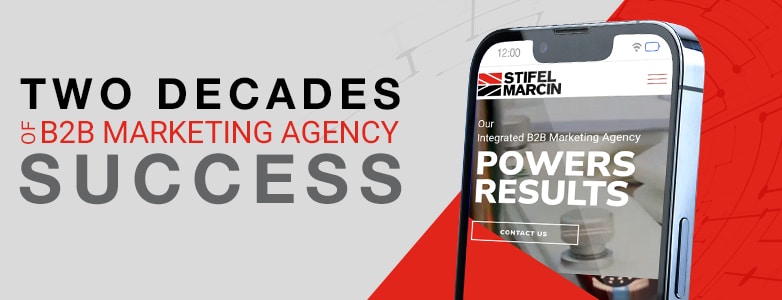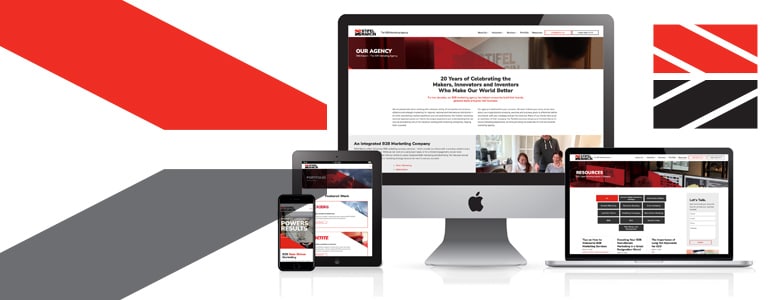Digital Branding Agency Tips: Protecting Your Brand in the Wild Web World (WWW)
Digital marketing offers new opportunities to expand your customer base and grow your sales in new markets. With Big Data, properly constructed digital marketing campaigns leverage interest and profile information to target a highly-specific group of customers. But that exposure requires diligence. If you (or your digital marketing agency partner) aren’t controlling where your ads are served and what is being said – your brand may be at risk. While some might argue that conversion and engagement performance is the most important aspect of digital marketing management, there is a strong case to be made that brand safety is equally important. Marketers spend years building a brand. Sweat equity goes into a company’s messaging, associations and positions – which can be erased in an instant. Where are the Risks in Digital Marketing? Just as digital marketing opportunities exist virtually everywhere there is a screen – so are risks. When your ad is served alongside, or within, controversial content, there is a distinct possibility that a negative perception of your brand can occur. From violent content to politics to opinion-based articles, marketers need to carefully vet their ad placement strategies and protect the brands in their care. In the past, you may have heard of this on YouTube®, where brand-related videos ran before/after controversial content. The brand association created significant negative reaction and commentary. While YouTube has made improvements, this platform is just the tip of the iceberg. CTV – connected television – for example, is often a low-cost way to serve video content (ie. commercial ads). But controls and settings on this platform present issues. Consider the amount of televised content that is truly PG-rated, and also focused on adults. Then strip out anything with controversial information, and your options become even more limited. CTV does offer opportunities, but in this visual platform, it is critical that your marketing partner is hands-on and focused on the details when planning any CTV campaign. When your ad is served with controversial content, a negative perception of your brand can occur. Similarly, with Native and Google Network ads, display advertising can run alongside controversial content without careful planning. From a brand-focused banner ad to positions that seem out-of-place within pop-culture news, a careful eye and a critical focus on the details is necessary. While many marketers are focused on social platforms – which create opportunities for almost limitless commentary, it also needs oversight – the digital strategy deployed on social media is a critical step in protecting your brand. Keep in mind, controversies aren’t simply related to content that isn’t PG-rated. Think about political topics, geo-political issues, and more. If you are working for a multinational company (or perhaps want to sell to one), you need to be careful your ads aren’t running in an article that might be pro-independence or anti-independence, as you run the risk that the reader may think your company is supporting – or even sponsoring – that article’s position. Digital Brand Management That Protects Your Brand Our digital branding agency team is highly involved in digital brand management and the monitoring of our clients’ digital campaigns. Every day we review where ads can be served, where impressions are coming from, and any potential negative associations. We have compiled some steps you can use to protect your brand on digital marketing platforms. Steps to Ensure Brand Safety in Your Digital Marketing Campaigns 1. Define Expectations & Brand Standards– As the very first step in any digital marketing campaign, clearly defined standards should be developed. Spell-out what is ok and what is not ok so the digital team has a reference to build from. This is part of the brand standard guides our digital branding agency creates for our clients. Defining the social aspects (like if it’s ok to show someone with a glass of wine on your Facebook feed) as well as the corporate requirements (you are not registered to perform a service in one state, so no ads should run in that state) should be clearly laid out. 2. Think About Ad Content- It sounds simple, but, being thoughtful of what your advertising is saying is a critical step. Today consumers are vocal and engaged, and brands are regularly called-out for statements and positions that some find offensive. In marketing, we are used to these concerns, but with the fast-paced nature and easy public dialogue that digital platforms support, it’s up to us marketers to be as vigilant as ever. Every aspect of work should be reviewed. Can it be read differently? Interpreted to mean something else? Can it even be read wrong in digital platforms where less than 20% of words are typically read, and therefore create a problem? 3. Select the Correct Marketing Partner- A skilled marketer should know what to look for and what to consider before deploying any ad content. Check and recheck, and then get another opinion. On social, don’t leave the post content up to someone who isn’t strategically savvy, and mindful of corporate concerns. Controlling your content is the easiest way to protect your brand. 4. Control the Settings- Digital marketing platforms offer a wide variety of targeting options. Carefully locking in where ads are served, and what content they could appear near, is critical. This is more complex than it sounds, and a good digital marketing team needs to be strategic here – and make connections. For example, if there is a geo-political concern as described above, the team should be reviewing all the ad options in that region and be careful of the platforms they are running ads in. 5. Think About Potential Problems- If there is a potential that your digital reach might put your ads in front of someone who, while their profiling is exactly aligned with your target, would react poorly to your ad content – then it’s time to readjust. As strange as that sounds (with our ability to specifically target groups) it can happen. For example, what if your company provides components for products that use an aerosol delivery system. We could target a specific B2B profile, who – outside of our defined profile – is also passionate about environmental
Digital Branding Agency Tips: Protecting Your Brand in the Wild Web World (WWW) Read More »


